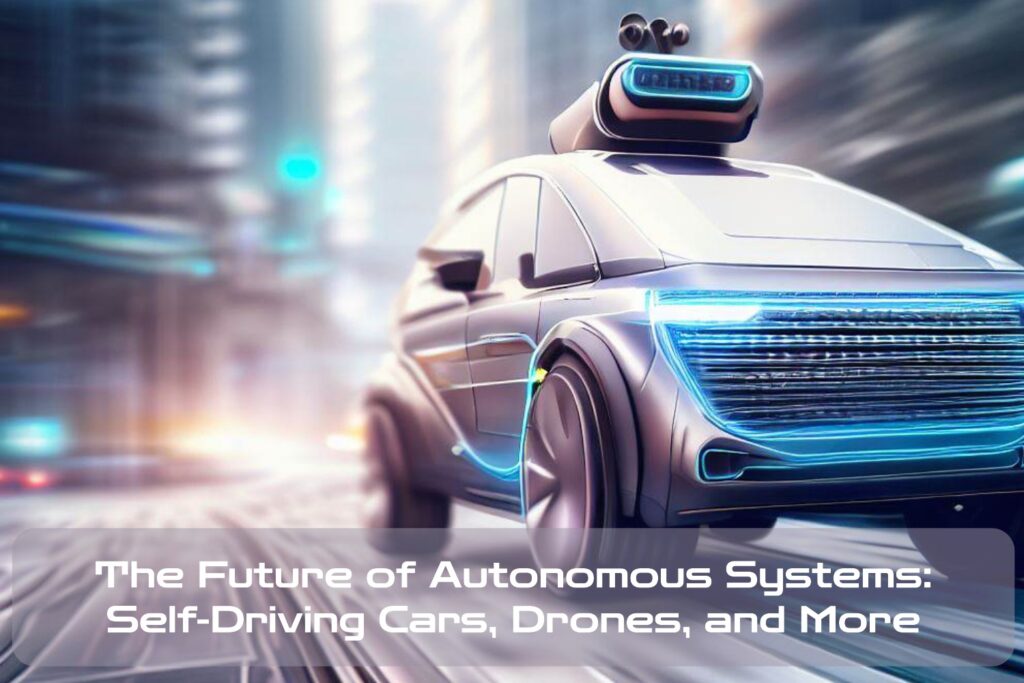Defining Autonomous Systems
Autonomous systems are machines or devices that can operate independently and without human intervention. These systems use artificial intelligence, machine learning algorithms, and sophisticated sensors to navigate their environment, make decisions, and perform tasks.
They have the ability to
- adapt to changing circumstances,
- learn from experience,
- and improve their performance over time.
Autonomous systems include self-driving cars, drones, robots, and other intelligent devices.
Brief History and Evolution of Autonomous Systems
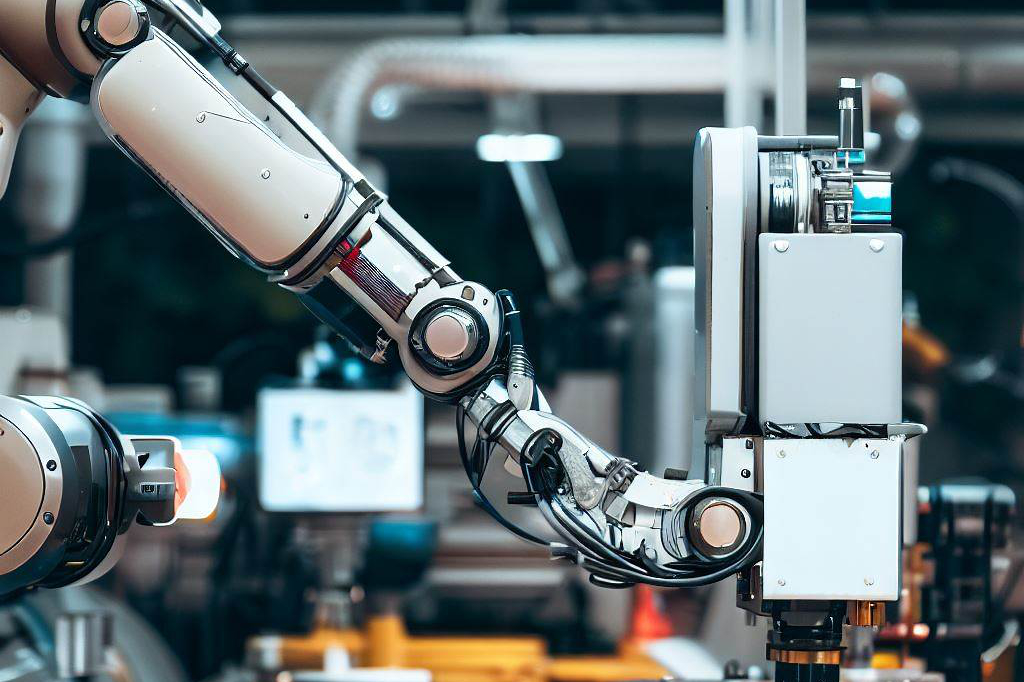
The concept of autonomous systems dates back centuries. Some might be tempted to credit the ancient Greek mathematician Archytas of Tarentum with the first automatons; however, it wasn’t until the 20th century that significant progress was made in creating truly autonomous machines. The development of computers in the 1950s paved the way for more advanced autonomous technology.
In the 1980s and 1990s, advances in artificial intelligence led to breakthroughs in robotics and autonomous vehicles. The DARPA Grand Challenge in 2004 marked a turning point for self-driving cars when a team from Stanford University successfully navigated a vehicle through a desert course using computer vision algorithms.
Importance and Impact of Autonomous Systems on Various Industries
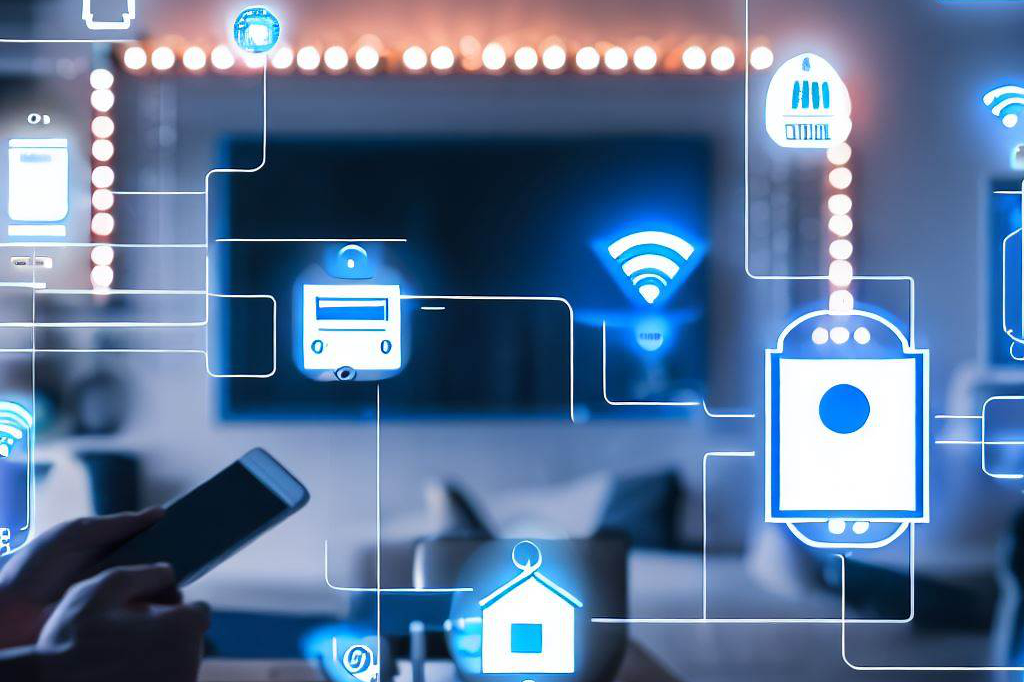
Autonomous systems have had a transformative impact on several industries, including
- transportation,
- manufacturing,
- agriculture,
- healthcare,
- military operations,
- space exploration,
among others.
Self-driving cars have the potential to reduce accidents on our roads while improving traffic flow efficiency, leading to reduced congestion times as well as savings on fuel consumption costs.
Drones play an increasingly important role in agriculture by providing real-time data about crop health, which allows farmers to optimize their practices based on insights gathered from aerial imagery sensors mounted beneath these small aircraft.
In healthcare settings such as hospitals or long-term care facilities where contact with patients is often limited due to strict infection control protocols, robots have been deployed for a wide range of tasks such as disinfecting surfaces and delivering food, medications, and other supplies. Autonomous systems continue to revolutionize various industries with their limitless potential.
Self-Driving Cars
Overview of Self-Driving Cars Technology
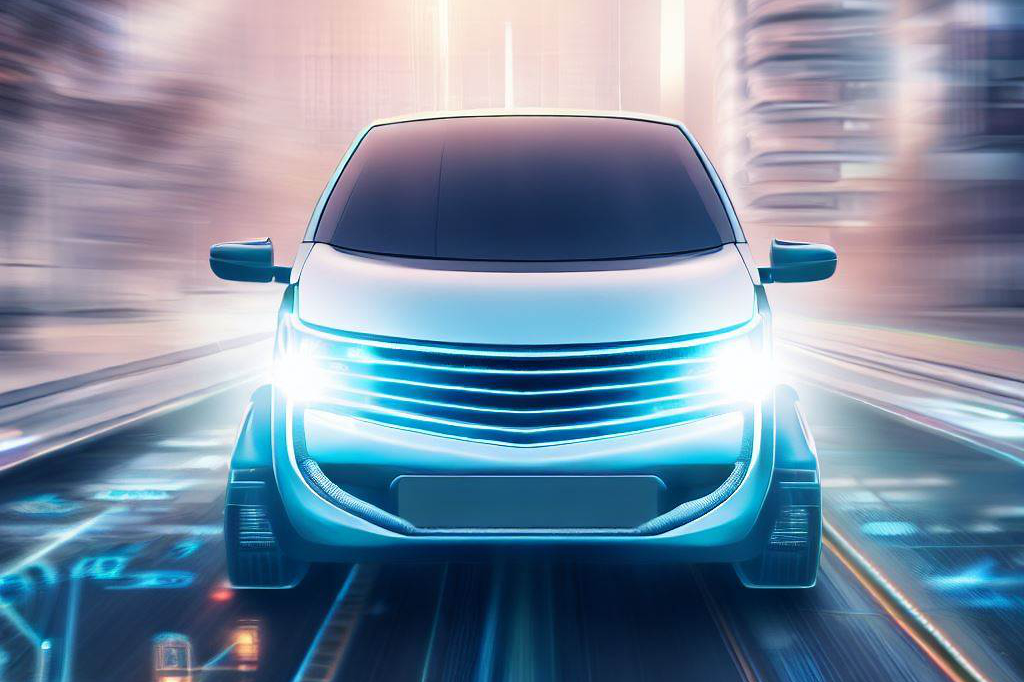
Self-driving cars, also known as autonomous vehicles, are defined as driverless cars that can operate without human intervention. They use various sensors and technologies, such as LiDAR, radar, and cameras, to observe the environment around them and make decisions on how to navigate the roads.
Self-driving cars are programmed with complex algorithms and artificial intelligence (AI) that enable them to analyze data collected from their surroundings and respond accordingly. According to the Society of Automotive Engineers (SAE), there are five levels of autonomy in self-driving cars.
Level 0 represents a car without automation, while level 5 is fully autonomous. Currently, most self-driving cars on the road fall under level 2 or 3 autonomy, which means they still require human intervention in certain situations.
Advantages and Disadvantages of Self-Driving Cars
Self-driving cars come with several advantages, including reduced traffic accidents caused by human error, increased mobility for people who cannot drive, such as disabled individuals or elderly citizens, reduced traffic congestion due to efficient route planning, and more time for passengers to engage in other activities while commuting. However, there are also some disadvantages associated with self-driving cars, such as high costs for research and development, which may translate into higher prices for consumers.
There is also concern over job losses in areas such as transportation services if autonomous vehicles become the norm. Additionally, there may be ethical concerns surrounding decision-making algorithms that determine how an autonomous vehicle reacts in unforeseen circumstances.
Current State and Future Development of Self-Driving Cars
Currently, there are several companies investing resources into developing self-driving car technology, including Tesla, Waymo (a subsidiary of Alphabet Inc.), General Motors’ Cruise Automation unit, among others. However, despite significant progress made by these companies in vehicle automation technology development over the years, fully autonomous vehicles are not yet widely available on the market. Looking to the future, research and development efforts continue to be made with the aim of making self-driving cars safer and more efficient.
The deployment of 5G network technology is expected to improve connectivity for autonomous vehicles. The continued development of AI technologies will also play a crucial role in improving decision-making algorithms for self-driving cars.
Impact on Transportation, Economy, and Society
The impact of self-driving cars on transportation cannot be overstated. With a reduced need for human drivers, taxi or ride-hailing services will become cheaper, which may lead to greater use of public transport.
Transport services such as delivery companies can also benefit from using autonomous vehicles, which can lead to increased efficiency and reduced costs. In addition to transportation benefits, it is projected that self-driving cars could bring significant economic benefits by creating new jobs in industries such as vehicle manufacturing, maintenance, and support services.
There will also be new business opportunities created through mobility service providers who may offer car-sharing or ride-hailing services using autonomous vehicles. Overall, the impact of self-driving cars on society is complex and multifaceted.
While reducing traffic accidents caused by human error is a positive outcome associated with this technology, there are concerns over job loss, especially in industries where driving jobs are prevalent. Additionally, ethical concerns surrounding vehicle decision-making algorithms remain a challenge that needs to be addressed before wide-scale adoption can occur.
Drones
Reaching New Heights: The Overview of Drone Technology
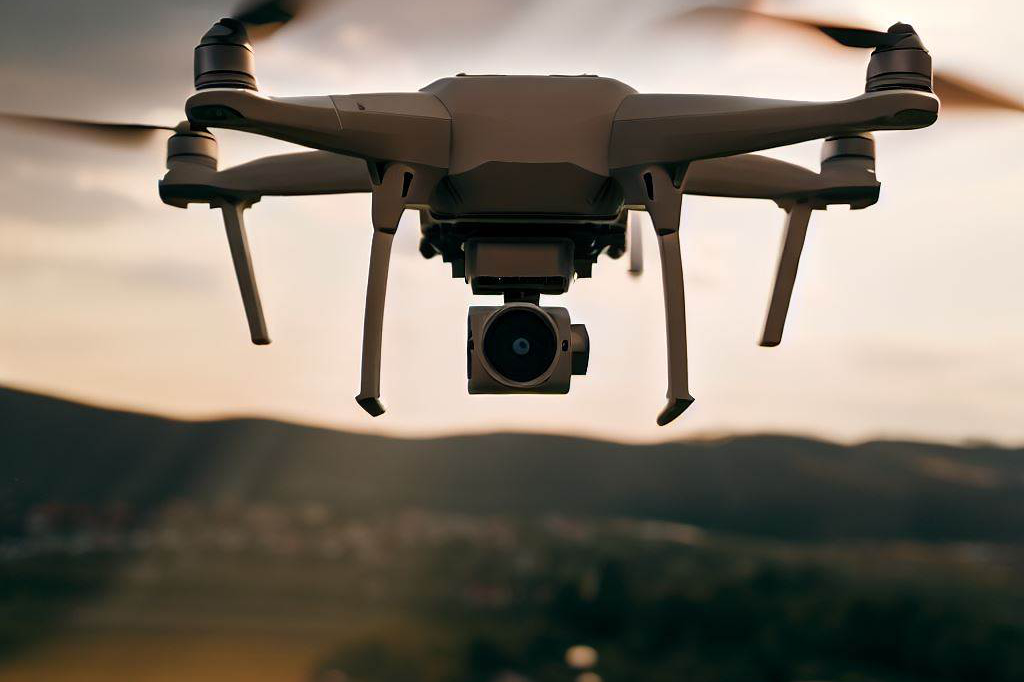
Drones, also known as unmanned aerial vehicles (UAVs), are aircraft without a human pilot onboard. They can be controlled remotely by an operator or fly autonomously using GPS and other technologies.
The development of drones dates back to the early 1900s, but it was not until the 21st century that they became widely available and affordable. Modern drone technology features compact designs, high-resolution cameras, advanced sensors, and long-lasting batteries.
Some drones are capable of flying at speeds exceeding 100 mph and reaching altitudes over 10,000 feet. They can operate in extreme weather conditions and collect data from hard-to-reach areas.
Soaring Above: Applications of Drones in Various Fields
Drones have a wide range of applications across various industries. In agriculture, they are used for crop monitoring, mapping fields, detecting pests and diseases, and improving yield forecasting.
In delivery services, companies like Amazon and UPS are exploring the use of drones for last-mile deliveries to increase efficiency and reduce costs.
In surveillance and security operations, drones provide an aerial view for law enforcement agencies to monitor large crowds or track down suspects quickly. In construction and infrastructure maintenance projects, drones can help inspect buildings’ roofs or bridges’ undersides without risking human lives.
The Sky’s Limit: Advantages and Disadvantages of Drones
One significant advantage of drones is their ability to perform tasks that would otherwise be too dangerous or time-consuming for humans. They can cover vast areas quickly while capturing high-quality images or videos with precision.
However, there are also some disadvantages associated with drone technology. One primary concern is privacy invasion since drones can sneakily capture footage from private property without consent.
Another disadvantage is the potential danger they pose to people and other aircraft when not operated correctly. The noise pollution caused by drones can also be a problem in some areas.
Looking to the Future: Current State and Future Development of Drones
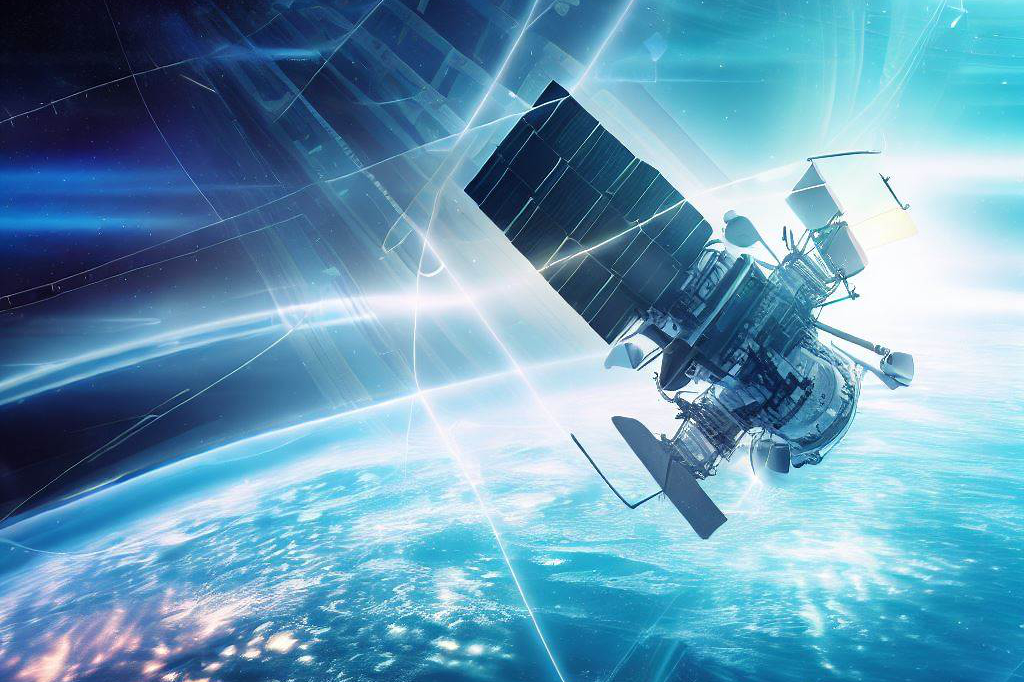
The current state of drone technology is impressive, with companies pushing the boundaries of what drones can accomplish. However, there are still many challenges to overcome, such as improving battery life and developing reliable collision avoidance systems. In the future, we can expect drones to play an even more significant role in our daily lives.
Increased usage in commercial industries like agriculture and transportation will lead to new opportunities for economic growth. Advances in artificial intelligence may also lead to fully autonomous drones capable of making decisions on their own without human intervention.
Drone technology is rapidly advancing and has the potential to revolutionize various industries. While there are some challenges that require attention, ongoing research and development will continue to unlock new possibilities for this exciting technology.
Robotics
Overview of Robotics Technology

Robotics technology is the study, design, and use of robots for various applications. The technology involves the creation of robots that can perform tasks autonomously or with minimal human intervention.
Robotics technology has evolved significantly over the past few decades and has found many applications in manufacturing, healthcare, military, space exploration, etc. Robots are classified based on their functionality and design.
Industrial robots are used in manufacturing to automate tasks such as welding, painting, and assembling parts in factories. Medical robots help surgeons perform minimally invasive surgeries with precision and accuracy.
Military robots are used for reconnaissance missions and bomb disposal activities. Space exploration also uses robotic technology to explore planets and gather information about them.
Applications in Manufacturing, Healthcare, Military, Space Exploration etc.
The application of robotics technology is widespread across various industries, such as manufacturing and healthcare, to name a few.
In the manufacturing industry, robotics has helped reduce labor costs by automating repetitive tasks that would otherwise require human intervention.
Medical robotics is used for performing minimally invasive surgeries that help reduce pain and recovery time for patients while increasing precision for surgeons.
Military robotics has been extensively used over the years to aid in bomb disposal missions or reconnaissance operations, which would have put people’s lives at risk otherwise.
Space exploration also relies heavily on robotic technology to explore planets, which humans cannot do themselves yet due to technological limitations.
Advantages And Disadvantages Of Robotics
Robotic technology offers several advantages, such as improving productivity by automating repetitive tasks, leading to an increase in efficiency; improving accuracy and safety by performing dangerous tasks; and reducing costs by minimizing labor requirements, among others. On the downside, however, the high cost of acquisition coupled with maintenance expenses could be a major setback for industries that rely heavily on this kind of tech.
The primary disadvantage of using robot automation may be the replacement of jobs formerly performed by humans. This may lead to job losses and, hence, a decrease in economic activity.
Current State And Future Development
The current state of robotics technology is highly developed, and the future prospects are promising. With the advancement of AI technology, it is now possible to develop robots that can learn and adapt to new tasks independently.
The development of soft robotics will enable robots that are flexible and adaptive, allowing them to take on more complex tasks. The potential applications for robotic technology are vast, with things like automated vehicles for transport becoming a possibility in the not too distant future.
Robotics has also been integrated into nanotechnology, which could help create robots at the molecular level capable of performing tasks such as drug delivery or repairing damaged cells. Robotics technology has come a long way from its early days, with even more promising possibilities predicted for the future.
As with every emerging technology, there are both benefits and drawbacks associated with it. However, we should continue investing in this kind of technology since its many applications have proven to be beneficial across various industries.
Ethical Considerations
Safety concerns with autonomous systems

The use of autonomous systems inherently comes with a variety of safety concerns. Self-driving cars, for instance, have already been involved in accidents that have resulted in injuries and fatalities. It is important to consider the fact that even though autonomous systems may operate without human input, they are still subject to malfunctions and errors.
In order to prevent such incidents from happening, it is crucial to ensure that the technology behind these systems has undergone adequate testing and development before being introduced into the market. In addition, it is important to consider who will be held accountable in the event of an accident involving an autonomous system.
Will it be the manufacturer of the technology?
The operator of the system?
Or perhaps a combination of both?
These questions must be answered in order to create a fair and just legal framework for these emerging technologies.
Legal issues surrounding the use of autonomous systems
The legal framework surrounding autonomous systems is still in its early stages. As such, there are many uncertainties regarding how these technologies will be regulated.
For example, there are still debates over who should be held liable when an accident occurs involving a self-driving car or drone. Additionally, privacy concerns surrounding autonomous systems must also be addressed.
For instance, drones equipped with cameras raise questions about potential invasions of privacy if they fly over private property without consent. In order to prevent such issues from arising, lawmakers must ensure that there are clear regulations on how these technologies can collect and use data.
Privacy concerns with the use of autonomous systems
The collection and use of personal data by autonomous systems raises significant privacy concerns. For example, self-driving cars collect vast amounts of data on their passengers’ movements and behaviors, which could potentially be used for surveillance or advertising purposes.
In addition, drones can also collect personal data, such as images and videos of people and their surroundings. This raises questions about how this data will be used and who will have access to it.
It is important for governments to establish clear regulations on how personal data collected by autonomous systems can be used in order to protect individuals’ privacy rights. The development of autonomous systems represents a significant technological advancement that has the potential to transform various industries.
However, it is crucial that these technologies are developed and regulated with safety, legal compliance, and privacy concerns in mind. By doing so, we can ensure that autonomous systems are utilized in a way that benefits society while also protecting individuals’ rights and well-being.
Final thoughts on how to navigate the ethical considerations associated with these technologies
As exciting as the possibilities of autonomous systems are, it’s important to address the ethical considerations associated with their use. Safety concerns should be taken seriously, particularly when it comes to self-driving cars, which will need rigorous testing before they can become truly viable options for transportation.
There are also legal issues surrounding their use that must be thoroughly examined in order to ensure accountability if something goes wrong. Privacy concerns should also be taken into account, as drones can easily fly over private property or record footage without consent.
It’s important that society works together in a collaborative effort between technology experts, businesses, lawmakers, and consumers alike so we can continue to unlock the potential of autonomous systems while addressing any potential downsides they may bring.
The future looks bright for autonomous systems, with many potential uses across various industries, including transportation, agriculture, healthcare, and manufacturing, among others.
While there are legitimate concerns related to safety and privacy issues that need addressing before they become mainstream, by collaborating among the stakeholders involved, such as experts in the tech industry alongside lawmakers and consumers, we can unlock their full potential while navigating the ethical considerations associated with them.
FAQ: The Future of Autonomous Systems: Self-Driving Cars, Drones, and More

1. What are autonomous systems?
– Autonomous systems refer to technological solutions that are capable of operating and making decisions without human intervention. These systems use artificial intelligence, sensors, and other advanced technologies to navigate and perform tasks independently.
2. How do self-driving cars work?
– Self-driving cars, also known as autonomous vehicles, utilize a combination of sensors, cameras, radar, and sophisticated software algorithms to navigate and operate on roads. These vehicles constantly gather data from their surroundings, analyze it, and make real-time decisions to control acceleration, braking, and steering, ensuring a safe and efficient driving experience.
3. Are self-driving cars safe?
– Safety is a top priority in the development of self-driving cars. These vehicles are equipped with advanced safety features and are designed to minimize human error, which is a leading cause of accidents. Autonomous cars undergo rigorous testing and validation to ensure their reliability and safety before they are deployed on public roads.
4. What are the benefits of self-driving cars?
– Self-driving cars offer several benefits. They have the potential to enhance road safety by reducing human errors, such as distracted driving and fatigue-related accidents. They can also improve traffic efficiency by optimizing routes and reducing congestion. Additionally, autonomous vehicles have the potential to increase accessibility for individuals with limited mobility and provide new opportunities for shared transportation services.
5. Are self-driving cars legal?
– The legality of self-driving cars varies by jurisdiction. Many countries and regions have started implementing regulations and frameworks to govern the testing and deployment of autonomous vehicles. These regulations aim to ensure safety and address liability concerns. It is essential for manufacturers and developers to comply with these regulations and work closely with authorities to ensure legal compliance.
6. What are the applications of drones?
– Drones, also known as unmanned aerial vehicles (UAVs), have a wide range of applications. They are commonly used for aerial photography and videography, surveillance and monitoring, search and rescue operations, agricultural monitoring, package delivery, and even entertainment purposes such as drone racing.
7. How do drones navigate and operate?
– Drones use a combination of GPS (Global Positioning System), onboard sensors, and flight control systems to navigate and operate autonomously or under remote control. GPS provides precise location information, while sensors such as accelerometers, gyroscopes, and barometers help the drone maintain stability, adjust altitude, and avoid obstacles.
8. What regulations apply to drone usage?
– The regulations for drone usage differ across countries and regions. In many places, drones are subject to specific rules and restrictions to ensure safety and protect privacy. These regulations typically cover aspects such as drone registration, pilot certification, flight restrictions (e.g., no-fly zones), and limitations on flight altitude and distance from people and buildings.
9. Can drones be used for commercial purposes?
– Yes, drones can be used for various commercial purposes. They have become valuable tools in industries such as aerial photography and videography, agriculture, construction, infrastructure inspection, and logistics. However, commercial drone operators must comply with specific regulations and obtain the necessary permits or licenses, depending on the jurisdiction.
10. What other autonomous systems are being developed?
– Apart from self-driving cars and drones, numerous other autonomous systems are being developed. These include autonomous robots for industrial automation, medical robots for surgical procedures, underwater robots for exploration and maintenance, and even autonomous flying taxis for urban transportation. The field of autonomous systems is rapidly evolving, with innovative solutions being developed across various industries.
TL;DR…

– 🚀 Revolutionary advancements: Autonomous systems are at the forefront of technological advancements, offering revolutionary solutions that can operate and make decisions without human intervention.
– 🤔 Ethical considerations: The development and implementation of autonomous systems raise important ethical considerations that need to be addressed, such as safety, privacy, and the impact on employment.
– 🌐 Wide range of applications: Autonomous systems, including self-driving cars and drones, have diverse applications across industries such as transportation, surveillance, agriculture, and entertainment.
– 📚 Safety and regulations: Safety is a top priority in the development of autonomous systems, and regulations are being implemented to ensure their safe and responsible usage.
– 🌍 Global impact: The advancements in autonomous systems have the potential to make a significant impact on a global scale, improving road safety, traffic efficiency, accessibility, and various industries.

C M, a seasoned editor, journalist, and consultant, is deeply fascinated by the convergence of technology, space, and the future of humanity.
With a particular interest in transhumanism, futurology, and the philosophical and ethical dimensions of these domains, C M serves as the lead contributor to TranscendSphere and SpaceSpotlight.
When not penning insightful articles on these rapidly evolving fields, C M indulges in their love for podcasts and books, proudly embracing their status as a ‘Happy Nerd Extraordinaire!’

